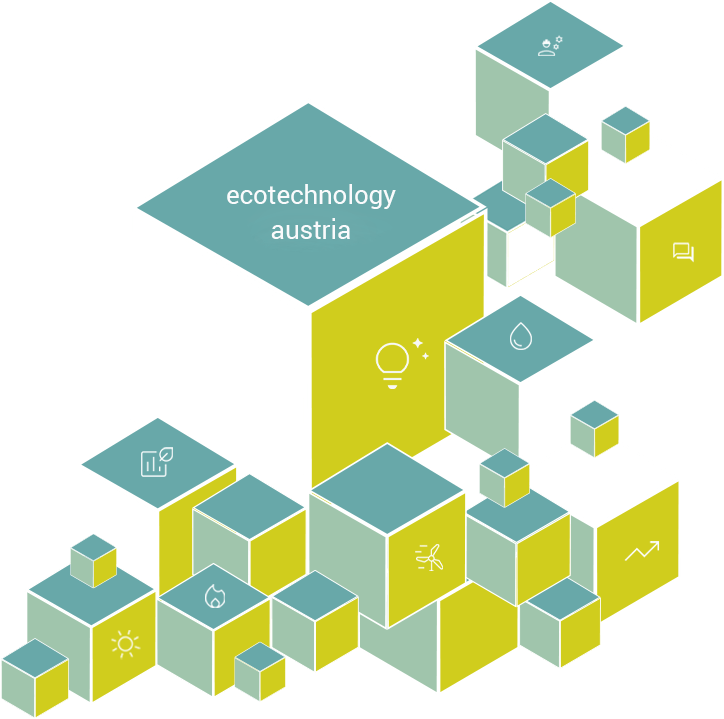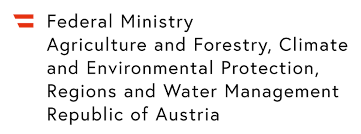The nominal wind speed is 15 to 40rpm so low that it is not a danger to fish. This makes the GWVPP the first stream-producing fish migration aid. The curling flow is significantly higher than with other ascents. Smaller living creatures without a strong float pass through the power plant both upstream and downstream via a flat ramp (max. 1m / s flow velocity). Foliage, branches and other floating material can easily pass the turbine. Therefore, only the attachment of a rough breaking is necessary. The resulting vortices and the slight negative pressure enrich the water with air bubbles which are conducive to water ecology. In the slow flow range of the gravitational water vertebrate, water plants and small water bodies can settle.
The GWVPP can remain in operation for more than 100 years as a conventional small hydro power plant. At the same power, the cost of ownership (especially for plants below 100kW) is around 50% less than 8,000 to 12,000 € / kW as small water power plants of the same capacity with conventional turbine systems including fish migration aid. The saving of a fish ladder as well as a fine rack together with a cleaning system plays an important role. Depending on the feed-in tariff and self-consumption, the amortization period of a 10kW power plant is 12 to 22 years.
Existing soil shafts or transversal buildings can thus be ecologically enhanced again. The GWVPP is also suitable for the dumping of dikes and the fish migration of an existing hydroelectric power plant. Used as an active retention tank, a GWVPP can delay the water drain by a few minutes. The low drop height required enables electricity to be generated in factory, irrigation and industrial ducts. In Europe there are still about 5,000,000 of such possible sites for GWVPP, which could produce decentralized green electricity every year.
Further Information: Link





